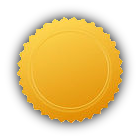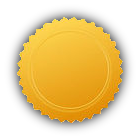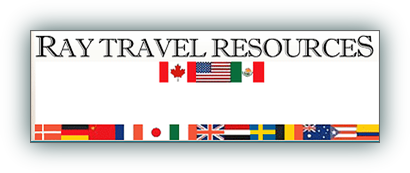

9 AWESOME THINGS ABOUT PERU

A Gastronomic Marvel
If there’s one thing that sets Peru apart is it’s food -- a fusion of Spanish, African, Chinese, Japanese -- that has made the South American country a gastronomic haven for tourists and chefs. It is the birthplace of the internationally renowned seafood platter, Ceviche (or Cebiche) and has almost over 450 different typical dishes.
In 2012, Frommer’s chose Lima, Peru as its “Top Food & Drink Destination.” The travel guide site highlights the country’s “seafood” and and culinary mix as reasons why the city is such a popular stop for foodies.
If there’s one thing that sets Peru apart is it’s food -- a fusion of Spanish, African, Chinese, Japanese -- that has made the South American country a gastronomic haven for tourists and chefs. It is the birthplace of the internationally renowned seafood platter, Ceviche (or Cebiche) and has almost over 450 different typical dishes.
In 2012, Frommer’s chose Lima, Peru as its “Top Food & Drink Destination.” The travel guide site highlights the country’s “seafood” and and culinary mix as reasons why the city is such a popular stop for foodies.
Pisco
The grape-brandy’s origins have long been debated but, while Pisco is quite popular in Chile, Peruvians will be the first to tell you: “It’s Ours.”
Regardless of its roots, Pisco is an integral part of Peruvian culture. The clear spirit is often served as a Pisco Sour -- which contains lime juice, egg white, Angostura bitters, and syrup. It’s a lot tastier than it sounds.
The grape-brandy’s origins have long been debated but, while Pisco is quite popular in Chile, Peruvians will be the first to tell you: “It’s Ours.”
Regardless of its roots, Pisco is an integral part of Peruvian culture. The clear spirit is often served as a Pisco Sour -- which contains lime juice, egg white, Angostura bitters, and syrup. It’s a lot tastier than it sounds.
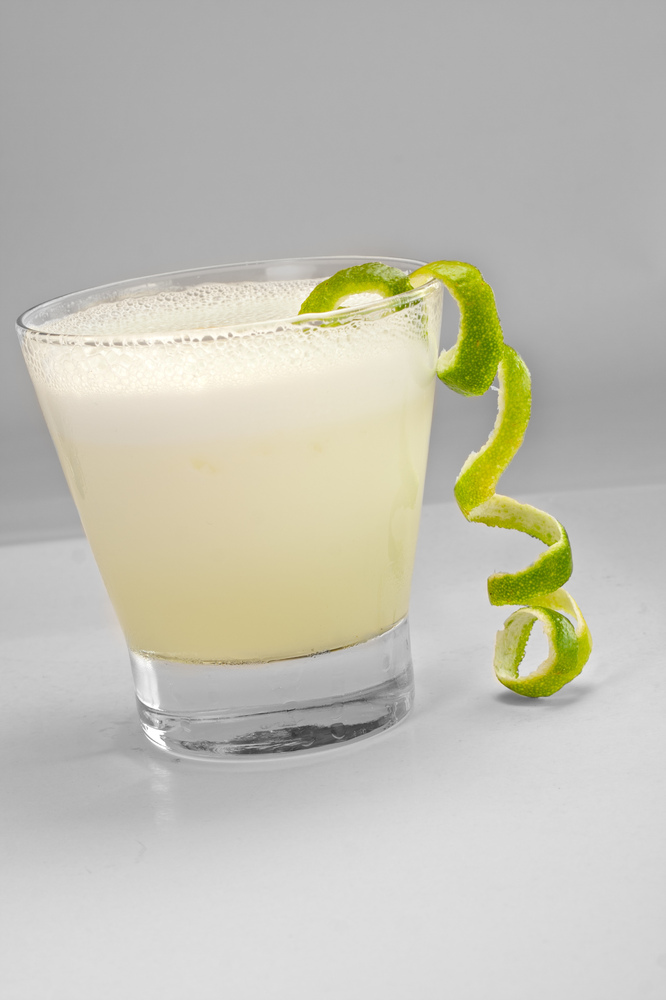
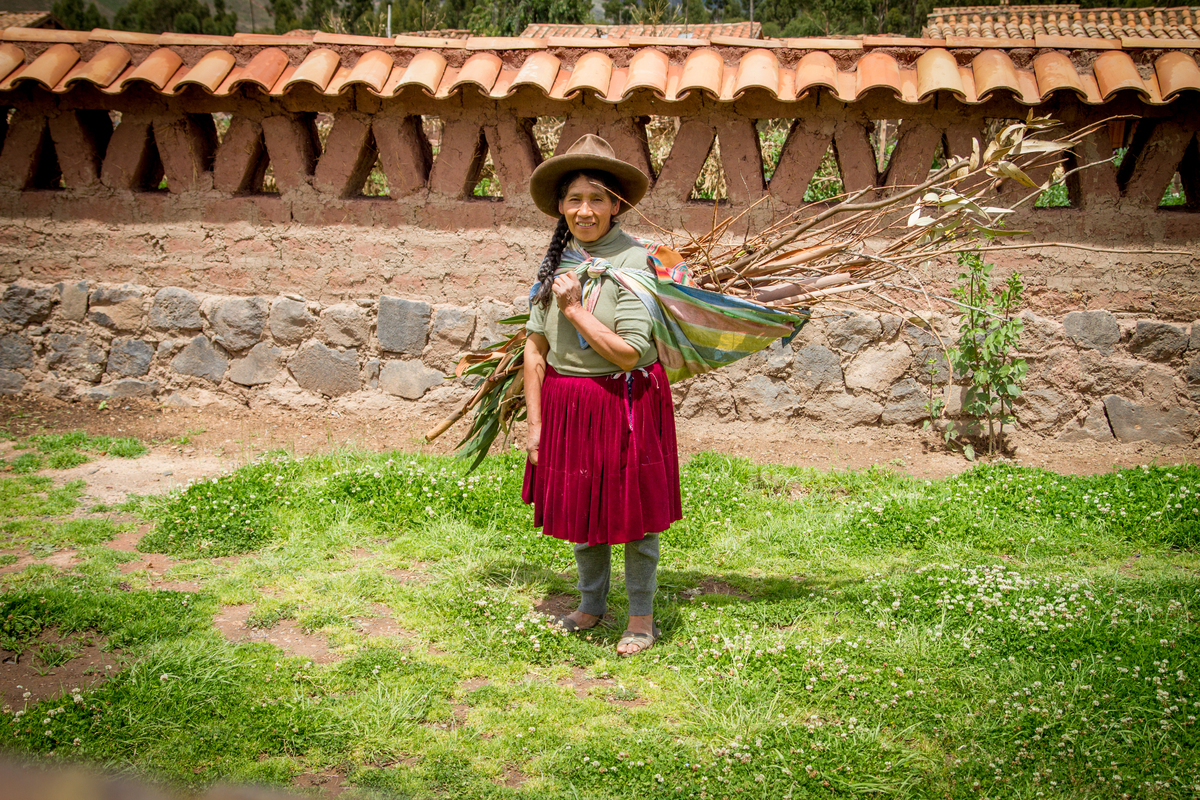
Quechua
Quechua was the primary language of the Inca civilization -- the largest empire in pre-Columbian America -- and is currently the third most widely spoken language in Latin America. Modern day Quechua speakers steadfastly preserve their tradition and culture. With over 8 million speakers in the Americas, there are many Quechua-speaking people who don’t need to learn Spanish for day-to-day life.
Fun Fact: When speaking, Quechua people use "evidential" clitics that indicate from which authority the information being said is coming from.
Quechua was the primary language of the Inca civilization -- the largest empire in pre-Columbian America -- and is currently the third most widely spoken language in Latin America. Modern day Quechua speakers steadfastly preserve their tradition and culture. With over 8 million speakers in the Americas, there are many Quechua-speaking people who don’t need to learn Spanish for day-to-day life.
Fun Fact: When speaking, Quechua people use "evidential" clitics that indicate from which authority the information being said is coming from.
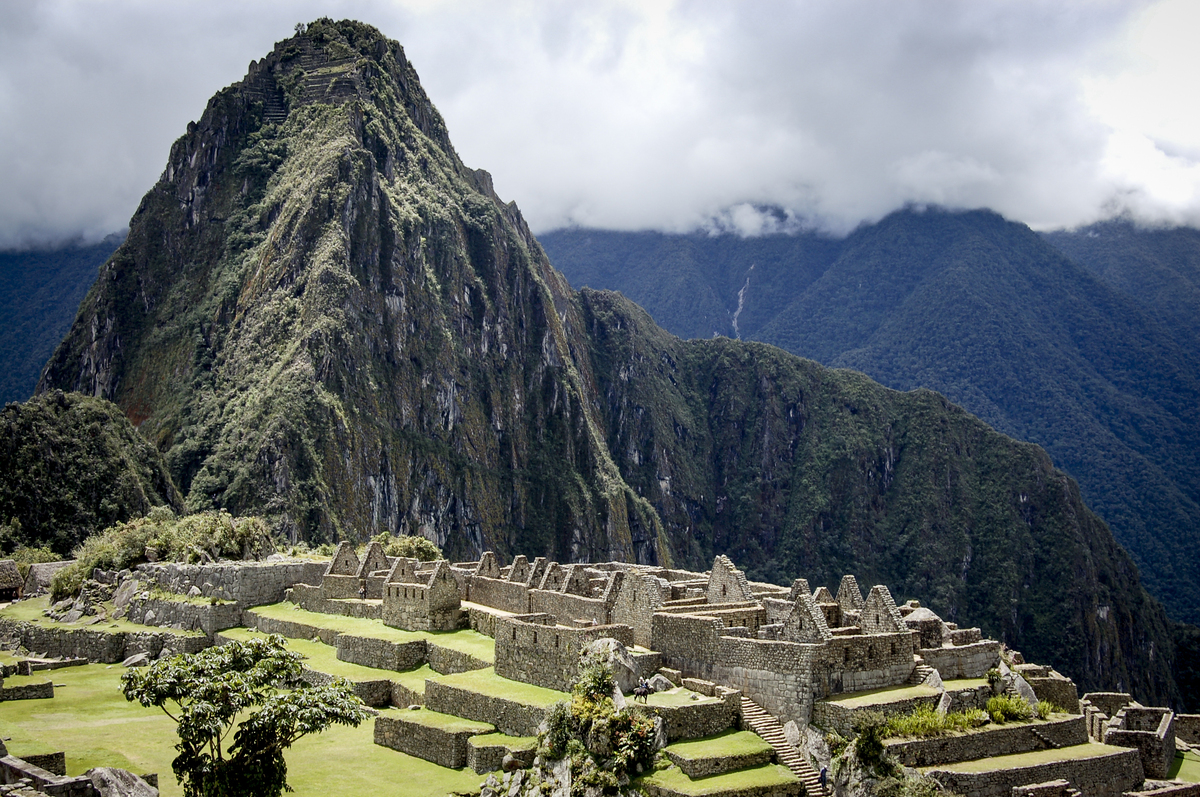
Machu Picchu: A World Wonder
Hidden high atop the Andes mountains, the citadel known to be a sacred religious site or estate for Inca leaders can be reached today after a trek from nearby Cuzco. Several trails exist to reach this site unknown to the modern world until 1911, when American archaeologist Hiram Bingham discovered it. Thousands travel to Machu Picchu every year and the UNESCO World Heritage Site was also named one of the New Seven Wonders of the World in 2007.
Feeling adventurous? Take the 4 day jungle trek to the site.
Hidden high atop the Andes mountains, the citadel known to be a sacred religious site or estate for Inca leaders can be reached today after a trek from nearby Cuzco. Several trails exist to reach this site unknown to the modern world until 1911, when American archaeologist Hiram Bingham discovered it. Thousands travel to Machu Picchu every year and the UNESCO World Heritage Site was also named one of the New Seven Wonders of the World in 2007.
Feeling adventurous? Take the 4 day jungle trek to the site.
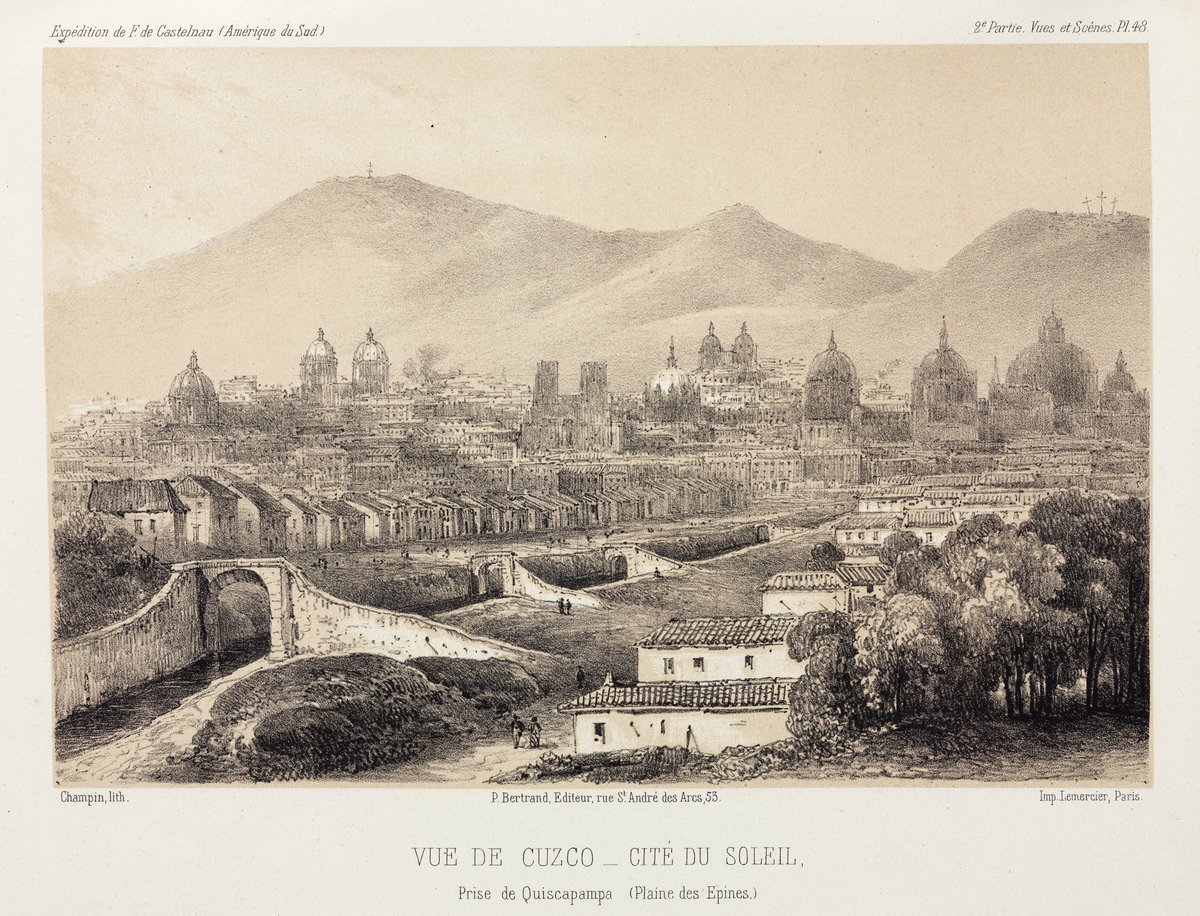
The Inca Empire
As evident by the last two points, some of Peru’s greatest cultural marvels were born from the Inca Empire -- the largest pre-Columbian civilization in the Americas.
The Incas had developed highly complicated systems to keep track of their empire’s growth,one of which was the Quipus knots. These once mysterious bundles of thread are now considered by scientist to be a form of recording information.
As evident by the last two points, some of Peru’s greatest cultural marvels were born from the Inca Empire -- the largest pre-Columbian civilization in the Americas.
The Incas had developed highly complicated systems to keep track of their empire’s growth,one of which was the Quipus knots. These once mysterious bundles of thread are now considered by scientist to be a form of recording information.
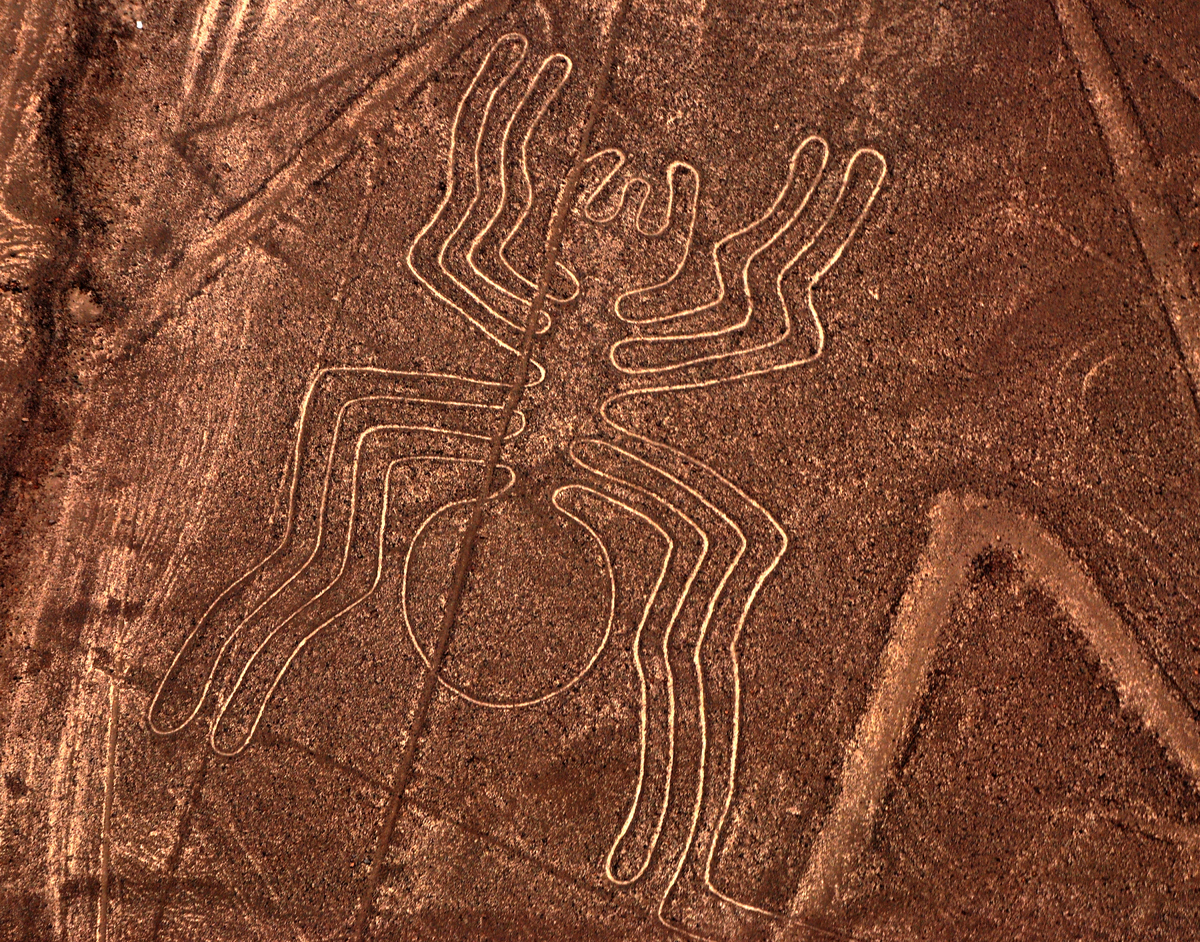
Nazca lines
Fly over the Nazca Desert in southern Peru and you will see a bird, a monkey, a killer whale, a hummingbird below. This is no zoo amid the arid landscape, they are the Nazca lines. These ancient geoglyphs were named a UNESCO World Heritage Site in 1994.
Fly over the Nazca Desert in southern Peru and you will see a bird, a monkey, a killer whale, a hummingbird below. This is no zoo amid the arid landscape, they are the Nazca lines. These ancient geoglyphs were named a UNESCO World Heritage Site in 1994.

Mario Vargas Llosa
Renowned for his role in the Latin American literature boom, Vargas Llosa rose to fame with his first novel “La Ciudad Y Los Perros.” In 2010, the Peruvian novelist received the Nobel Prize in Literature “for his cartography of structures of power and his trenchant images of the individual's resistance, revolt, and defeat."
Renowned for his role in the Latin American literature boom, Vargas Llosa rose to fame with his first novel “La Ciudad Y Los Perros.” In 2010, the Peruvian novelist received the Nobel Prize in Literature “for his cartography of structures of power and his trenchant images of the individual's resistance, revolt, and defeat."
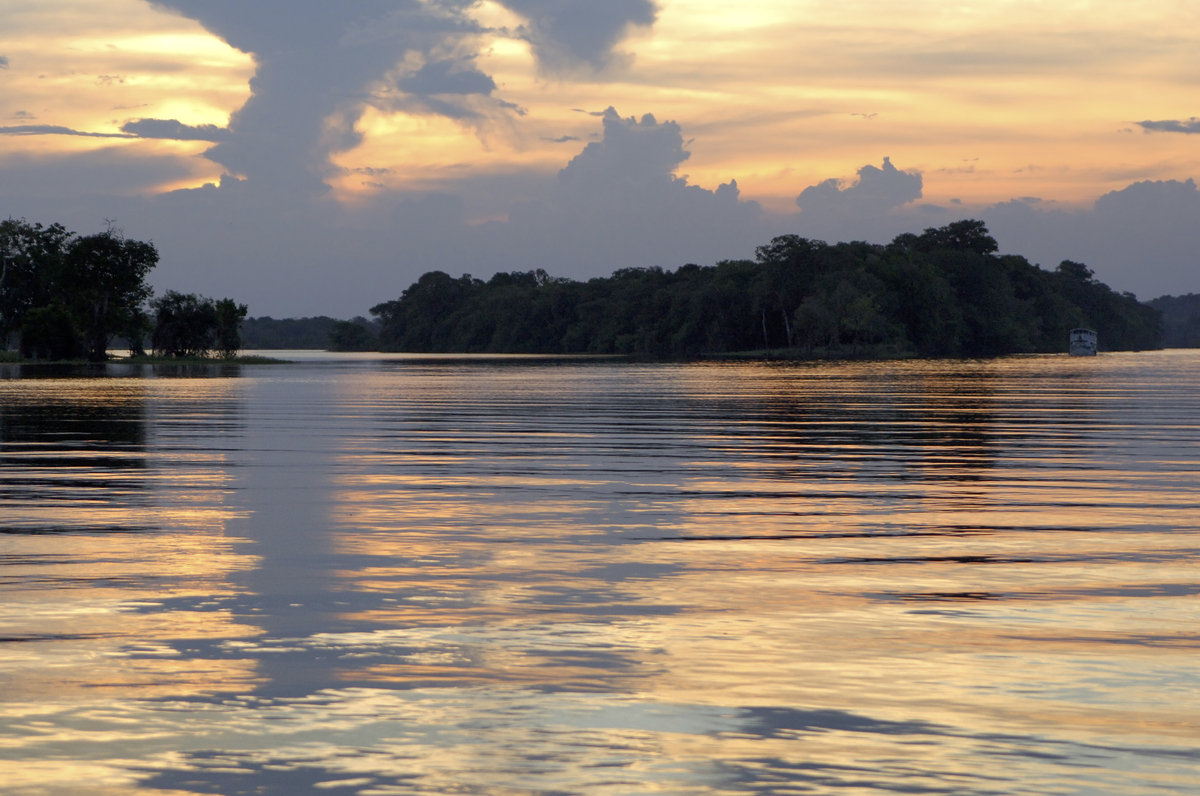
Stunning Geography
Over twice as deep as the Grand Canyon, the Cotahuasi Canyon near Arequipa is the deepest canyon in the world. The Colca Canyon -- also in Peru -- is the world’s second deepest canyon.
The Amazon River may stretch across several South American countries, but its source can be found high in the Peruvian Andes at the Nevado Mismi. As the World’s second-longest river -- and the largest by waterflow -- the Amazon is a magnificent site to hold but beware of the creatures in its depths: anaconda, caiman, and piranhas to name a few.
Over twice as deep as the Grand Canyon, the Cotahuasi Canyon near Arequipa is the deepest canyon in the world. The Colca Canyon -- also in Peru -- is the world’s second deepest canyon.
The Amazon River may stretch across several South American countries, but its source can be found high in the Peruvian Andes at the Nevado Mismi. As the World’s second-longest river -- and the largest by waterflow -- the Amazon is a magnificent site to hold but beware of the creatures in its depths: anaconda, caiman, and piranhas to name a few.

Potatoes
You like those french fries with that burger? Well you can thank Peru for every delicious fry, potato chip, or baked potato that has ever crossed your lips. In 2005, U.S. scientists traced the (figurative) roots of the Potato back to Peru -- 7,000 years ago
You like those french fries with that burger? Well you can thank Peru for every delicious fry, potato chip, or baked potato that has ever crossed your lips. In 2005, U.S. scientists traced the (figurative) roots of the Potato back to Peru -- 7,000 years ago
